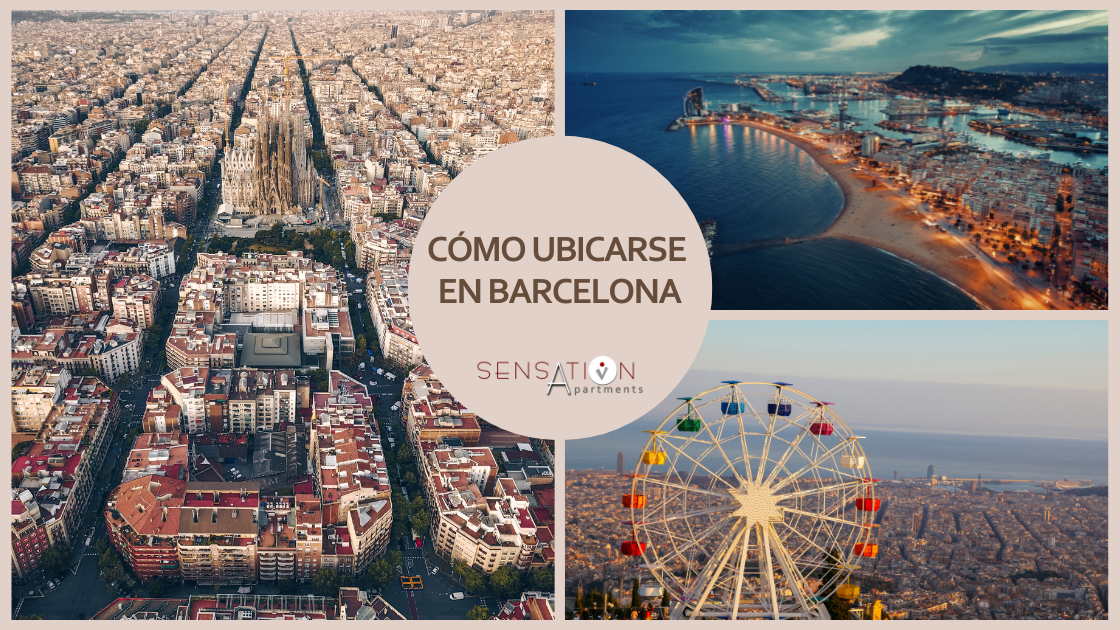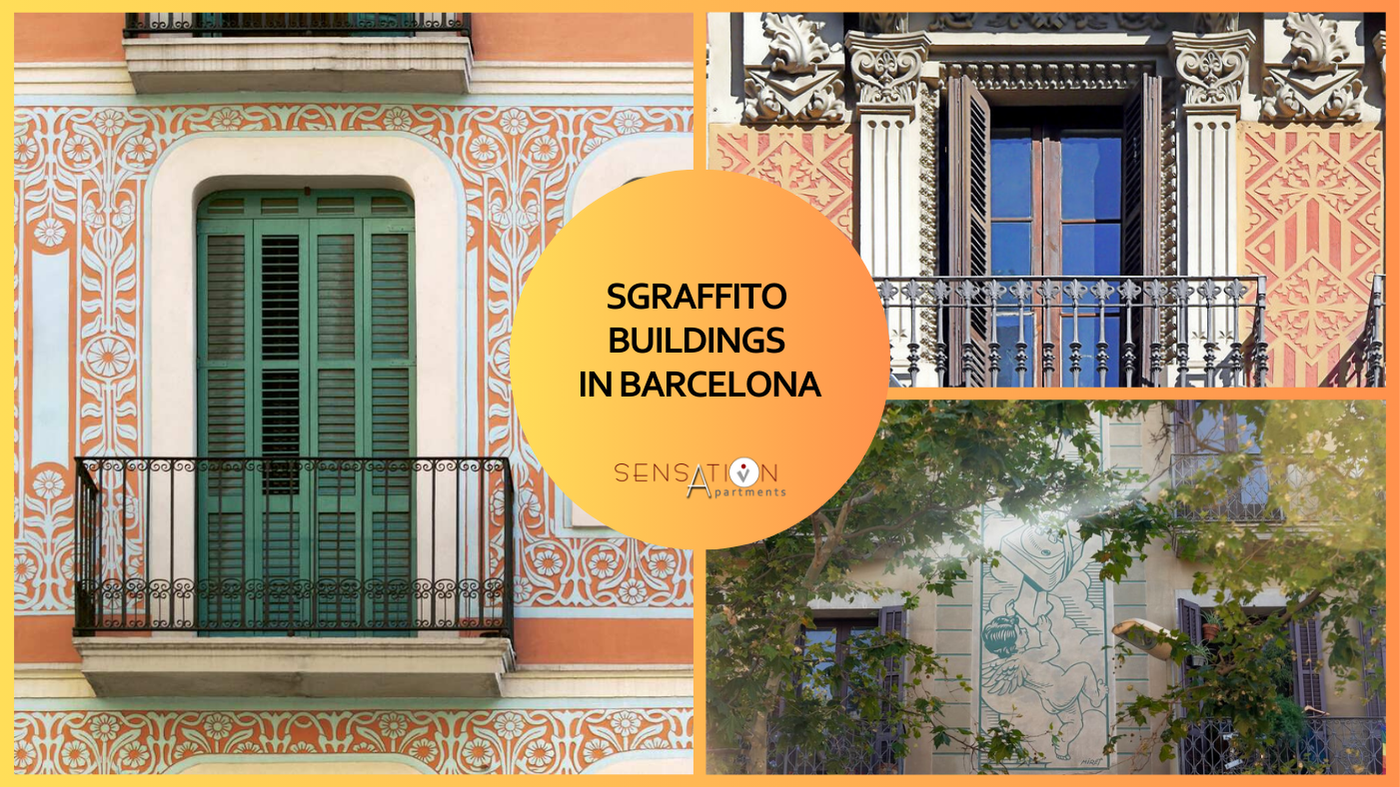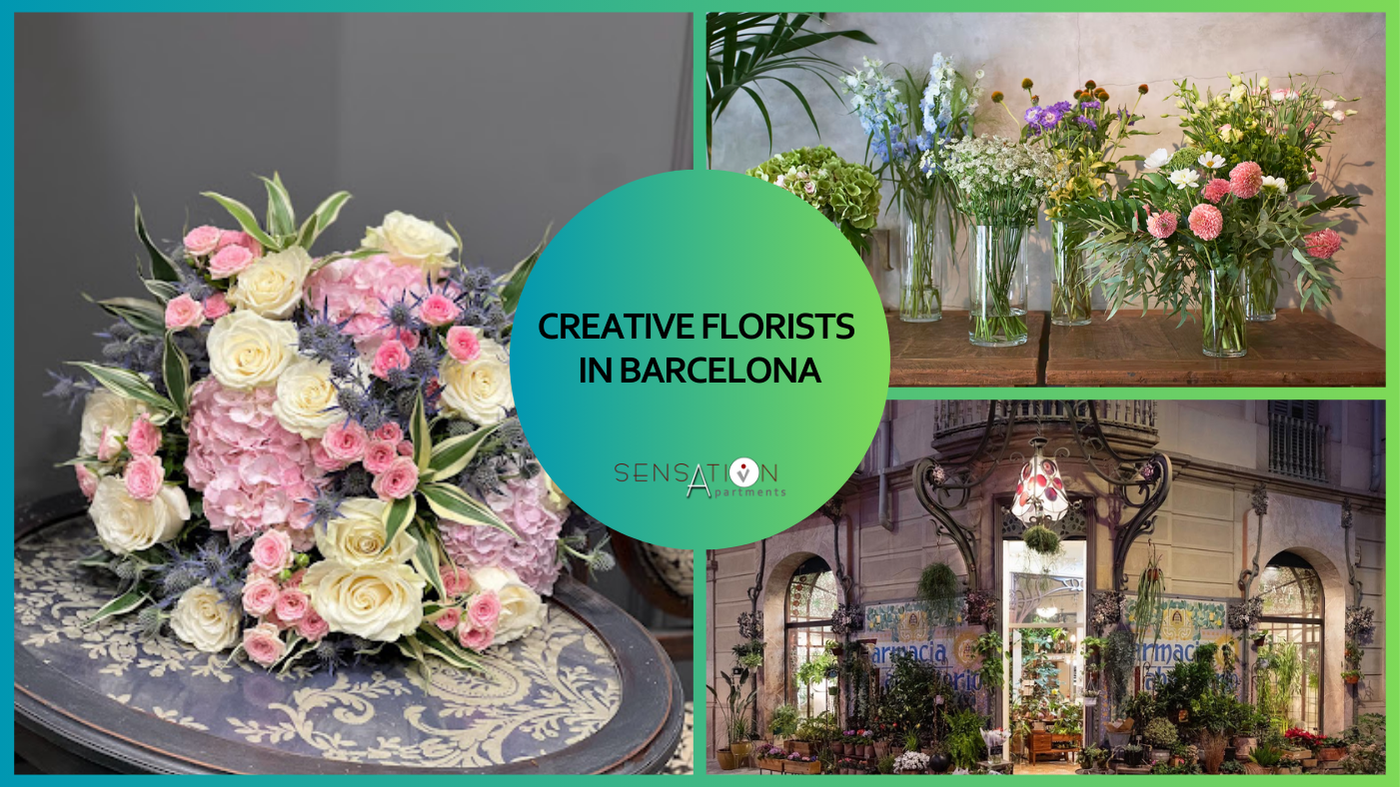How to locate yourself in Barcelona
Leisure 30/08/2023Barcelona is a cosmopolitan city and one of the top tourist destinations in the world, but unlike big cities like New York, Mexico City or Buenos Aires, its surface area of just over 100 km2 can be covered in a logical way both by public transport , such as on foot or with private transport.
View of Barcelona from Tibidabo
One of the references most used by the people of Barcelona to find their way around are the rivers Llobregat (to the south) and Besòs (to the north) and the Mediterranean Sea (to the east) and the Collserola mountain range (to the west).
View of the Besòs river
In this way it is common to say that a site is, for example, on the sea side or on the mountain side, or to indicate that a site is in the direction of Besòs when it is to the north or in the direction of Llobregat if it is to the south.
As if that were not enough, it also has two mountains, Montjuic on one side and Tibidabo on the other, which serve as a reference to locate oneself geographically; Tibidabo to the north of the city in the middle of the Serra de Collserola and Montjuic, located to the southwest, just 700 meters from La Rambla.
Montjuïc mountain
View from Collserola
What are the main arteries of the city?
The Gran Vía de las Cortes Catalanas crosses the city parallel to the coast
Avenida Meridiana cuts in a northerly direction
Avenida Diagonal which, like its name, crosses the city diagonally, from the coast to the area of Pedralbes and the Zona University.
Parallel Avenue coincides with the geographical parallel 41º22'30» north.
The heart of Barcelona is the Plaza de Catalunya, the center par excellence and starting point in any direction of the city. It unites the old town with the modern Ensanche or Eixample neighborhood.
Catalunya Square
In the direction of the port, up to the statue of Columbus, the Rambla extends, with a length of 1.25 km that divides the Ciutat Vella in two.
But, at what point did Barcelona acquire this structure so ordered, peculiar and that makes it unique?
In the 19th century Barcelona was an unhealthy, disorderly and oppressed city. The health, social and economic situation of its population was suffocating since the medal that had protected it from 7 sieges in 70 years, represented a brake on urban expansion. With twice the population of Paris, but with little light, little space and little ventilation.
In 1859, the Catalan architect and civil engineer Ildefonso Cerdà began the project of ordering a large part of the city of Barcelona into hundreds of small squares.
Cerda Plan
The idea was to create a large area called Eixample, arranging its streets at right angles, forming perfectly square blocks or blocks.
In addition, with several very special features:
- Adding chamfers (an urban resource that seeks to join the sides of the blocks at their corners with an oblique line) at 45º to improve visibility at intersections.
- The second and fundamental one was the proportion of the design between the dimensions of the streets and the annexed buildings. Extensive streets for carriages to pass comfortably, more light to enter all spaces and ventilation throughout the city.
- Ensure that the buildings do not occupy the entire surface, with constructions in the shape of an "L" or a "U" to create interior gardens, community gardens and green spaces to provide oxygen to the city.
Eixample
The urban plan was developed for almost a century and private interests and real estate speculation modified the initial plan quite a bit. Despite this, the plan managed to significantly modify the city and make it one of the most modern in terms of urban planning and urban design.
In conclusion, the Cerdà plan radically transformed the urban structure of Barcelona and made it one of the most modern cities in Europe in terms of urbanism and urban design. in a perfect grid, which is unusual in European cities.
Without a doubt, it is a most interesting topic and we leave you this link to expand a little more information.
"Traveling through Spain and finally arriving in Barcelona is like drinking a respectable red wine and ending with a bottle of champagne." -James Michener.







